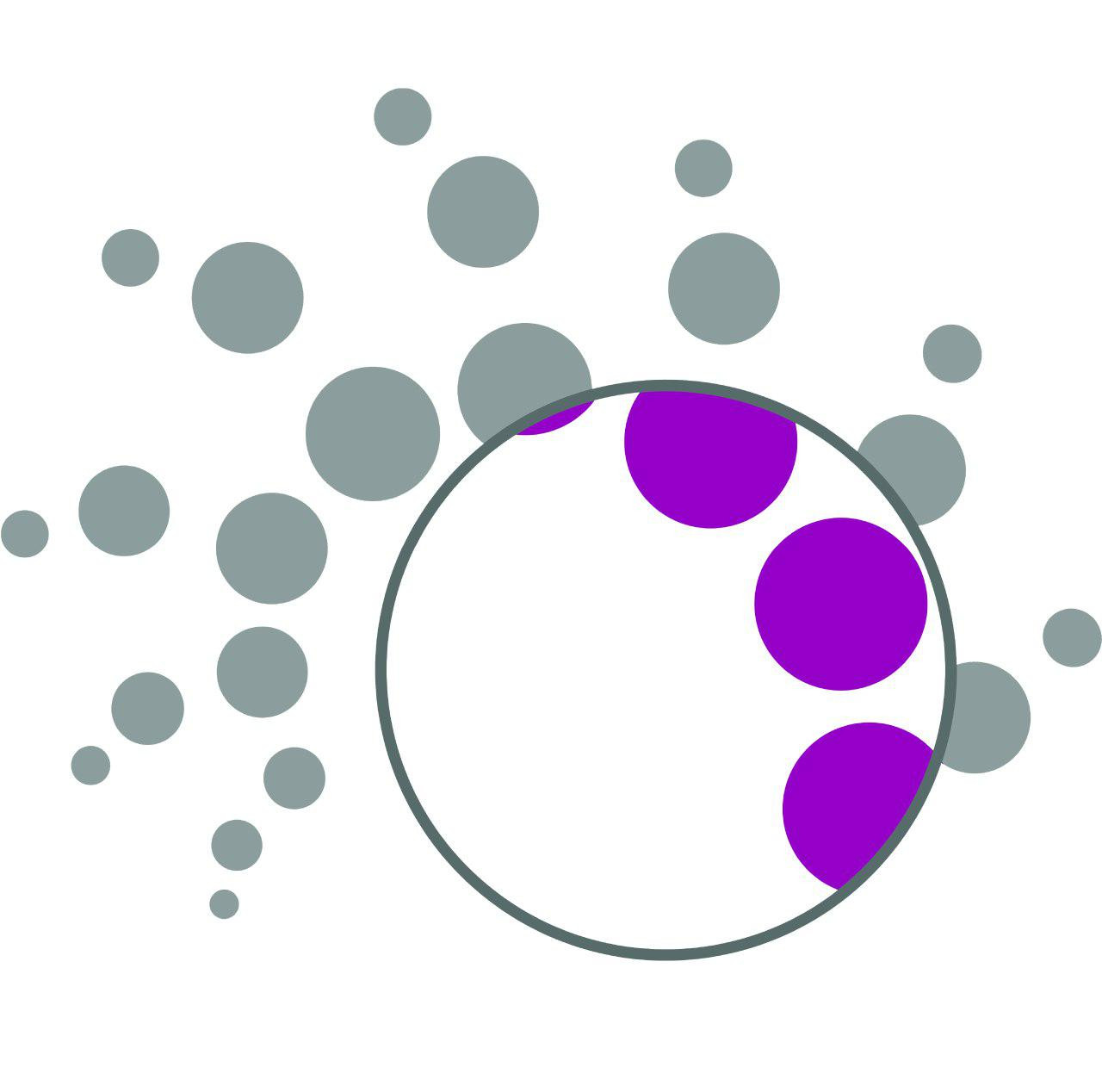The Deep Reactive Ion Etching system is used to etch silicon wafers and polysilicon using several reactive gases in a RF (radio frequency) induced plasma. The etching gas enters the reactive chamber and is ionized by the application of an electric field such as RF. Individual gas molecules are accelerated to the substrate surface. These charged particles remove the top layer of the material by the combined efforts of mechanical and chemical reactions. This process often has high selectivity to the etched material and etching can be controlled to be isotropic, anisotropic and vertical.
The aspect ratio of structure can be as high as 50:1, while the dimensions can be as low as 100 nm. The DRIE process uses a mixture of three gases, H2, O2 and SF6 in a time multiplex technique with two successive steps: etching and passivation. The process is performing in room temperature.
A DRIE system usually has three mass flow controllers (MFCs) to assure precise control of the process gases (Oxygen, Hydrogen and Sulfur Hexafluoride). The exhaust valve controller controls chamber pressure with the use of a mechanical pump. The system can support up to four-inch silicon wafers, however, samples with different sizes and shapes can be mounted.
Some applications of this device are as follows:
- Electronic and microelectromechanical systems (MEMS)
- Used to excavate trenches for high-density capacitors for DRAM
Details of technical specifications are presented in the following Table.
Deep Reactive Ion Etching (DRIE) is a relatively new fabrication technology that has been widely used in MEMS and nanotechnology manufacturing. This technology enables very high aspect ratio etches to be performed into silicon substrates, one of which dimension can be as low as 100 nm.



